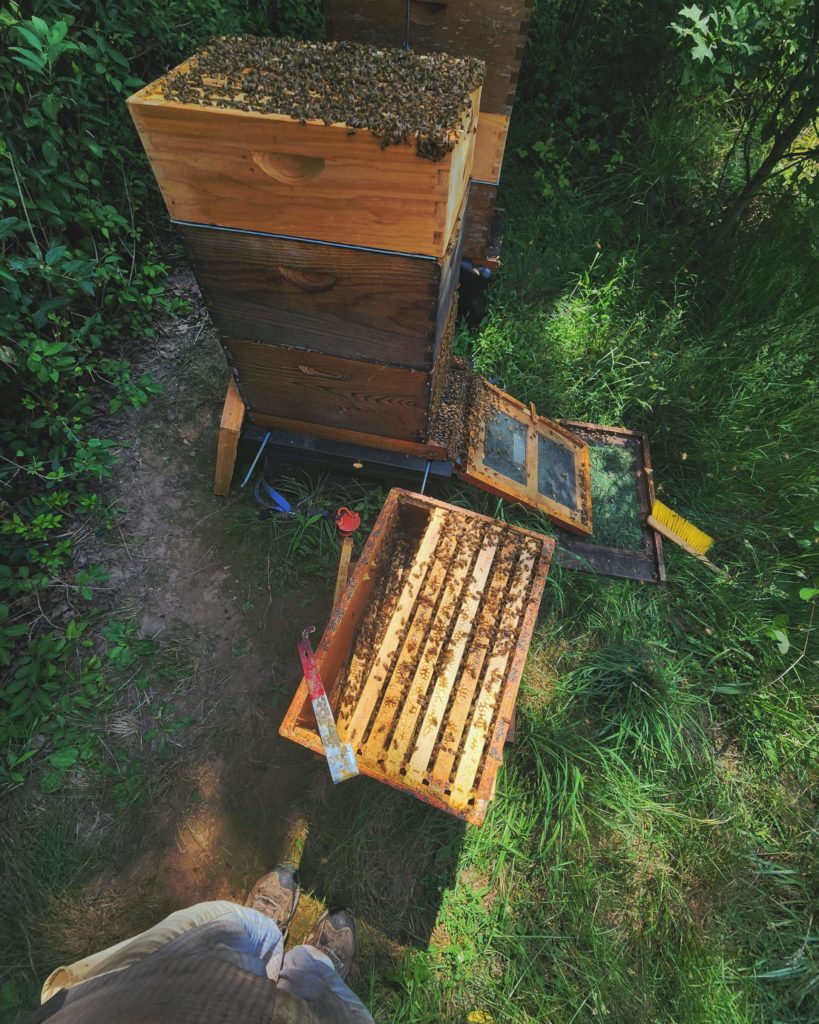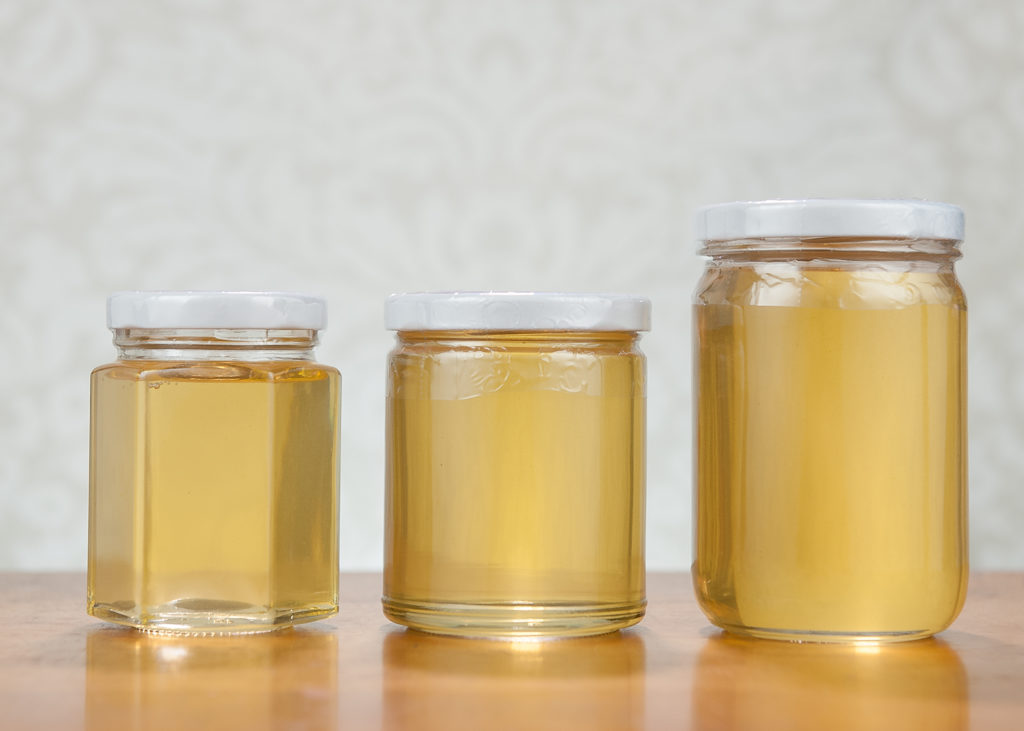
I realized I hadn’t posted an update in quite a while, but, I’m here now! This season has been a little bit of a roller-coaster. We started REMARKABLY early this year with our first honey coming off the hives on May 14th, a good 2-3 weeks earlier than years prior. This is now my 9th season of beekeeping and I can’t recall having honey available quite that early before. After a mild winter, the natural attrition of the hive population just didn’t dip as far as it usually does, so there were more bees to start the season off and boy were they ready when spring kicked off early. We had a very dry May but groundwater was still high enough to support the trees, so with a good Black Locust bloom and a lengthy stretch of honeysuckle bloom, the spring honey poured in off the hives nonstop. Now it’s August, and usually we see a nectar dearth in July and August, but so far, after 5 inches of rain in July and already over an inch for August (with lots more forecast for this week alone), so the honey just keeps coming in. More rain means more things bloom and for longer – I’ve even seen honeysuckle making quite a comeback this week. July and August so far have been slower on honey production than May and June, but definitely more than the slight trickle I’m used to seeing this time of year.

That spring honey is just absolutely gorgeous this year, by the way. Definitely give it a try if you haven’t had some before! I’m a little behind at updating the Honey Guide for this year, but we already tore through the whole alphabet once and have started running double letters if that’s any indication of how things are going! The guide is a great way to get more detail about your honey including tasting notes and possible sources. While I consider all of my honey “Wildflower honey” since I never get a true varietal, I at least take a guess on what the content is based on what was blooming. Occasionally a frame from May sticks around in the hive, half-capped, through September, so I’m not comfortable saying, “This is definitely all honeysuckle honey,” when it could contain honey from dozens upon dozens of different flowers throughout the season. Personally, I think it’s neat to have so many different floral sources combine to make a honey that will never, ever be made again because you can’t possibly capture that blend ever again. Our small batch processing, pulling honey about every week in roughly 5 gallon batches means each batch (indicated by a letter on the label) is truly unique. Visit us at a market and grab a jar for yourself!
